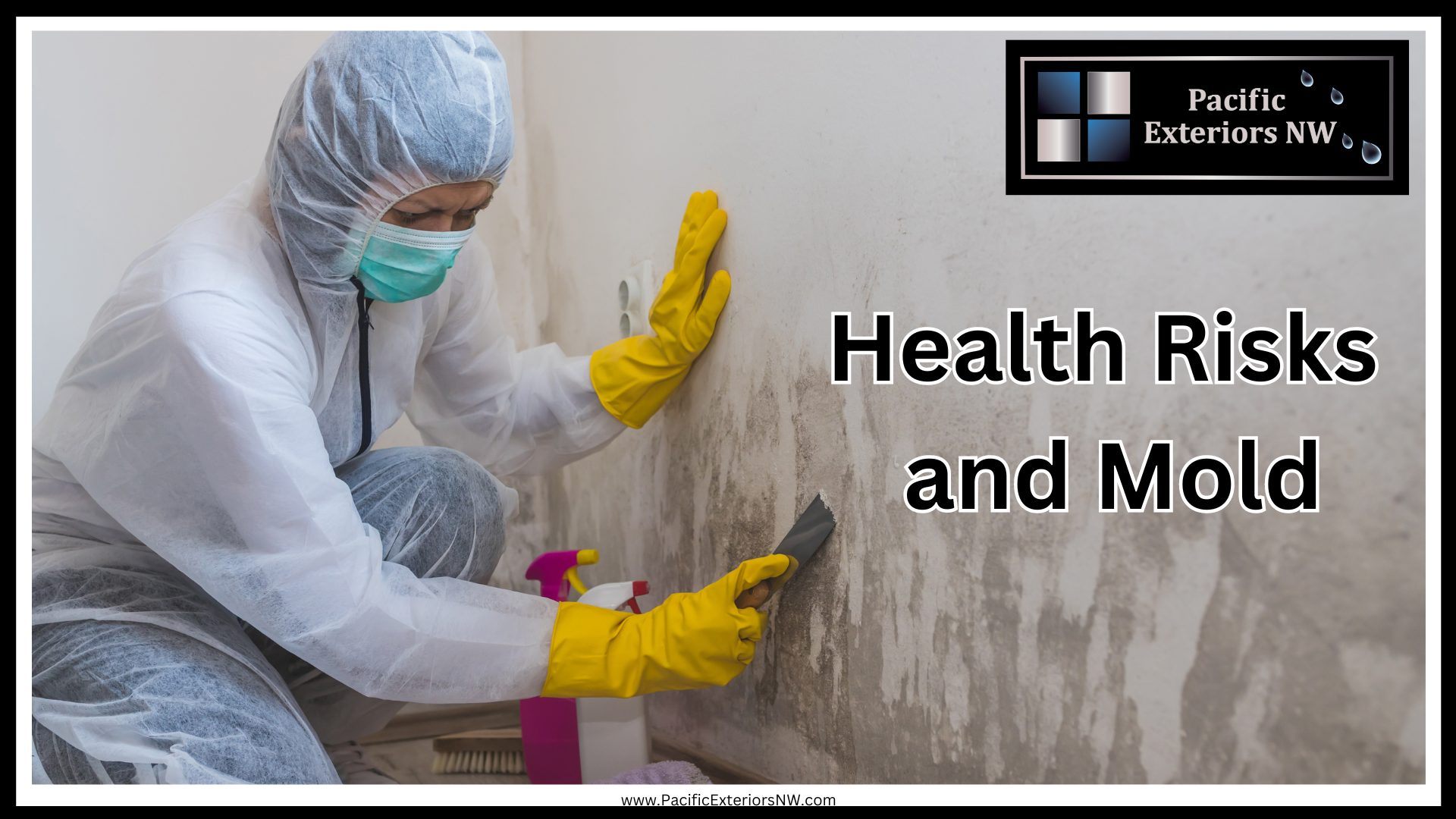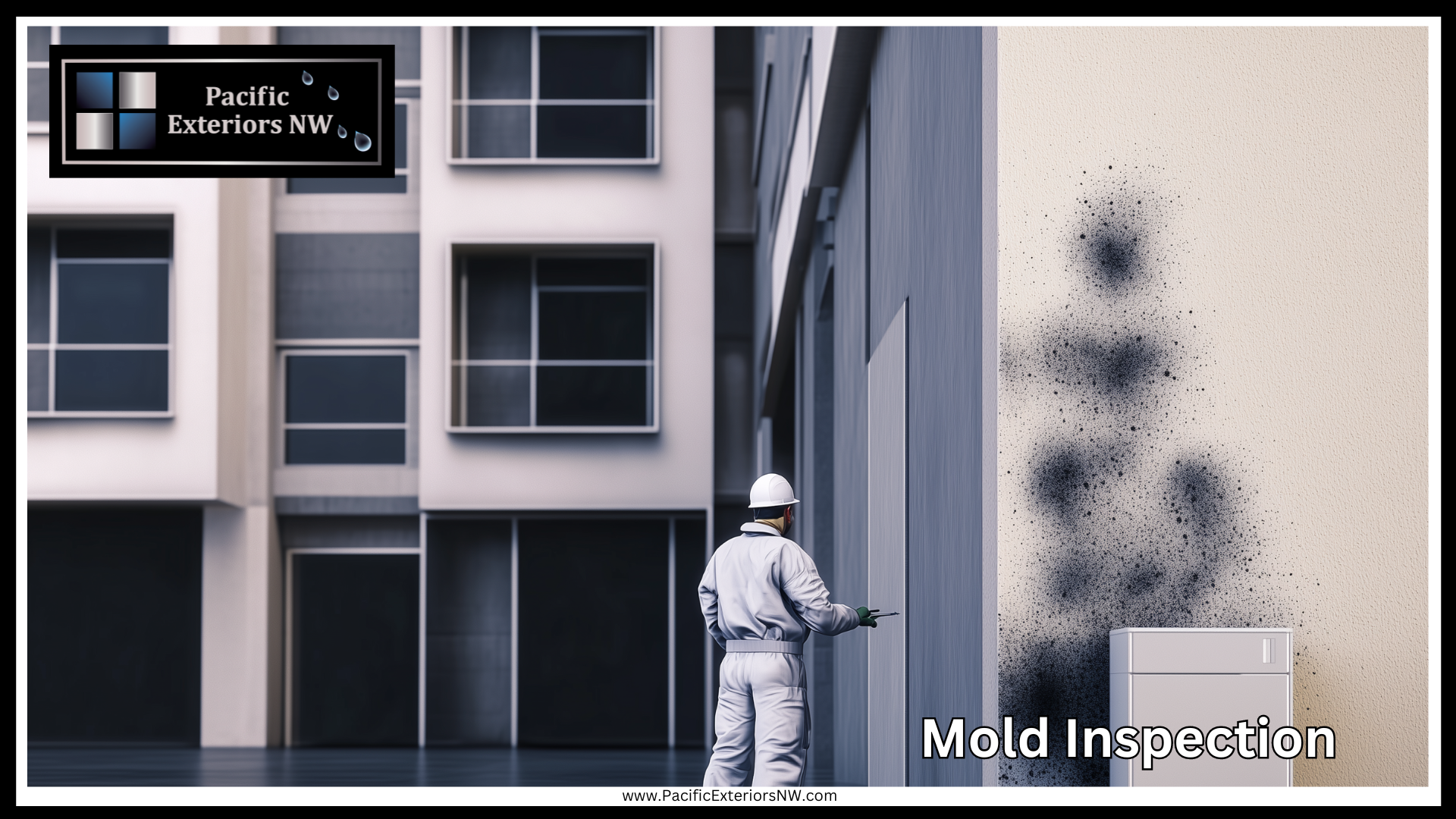
The Importance of Mold Remediation in Apartments
Mold remediation in apartment buildings is crucial to maintaining a healthy living environment. Both tenants and landlords must ensure safety and preserve the value of the property.
Living in mold-infested apartments can pose several health risks. People exposed to mold often experience respiratory issues like coughing, wheezing, or difficulty breathing. Allergies are also common reactions, characterized by itchy eyes, sneezing, or skin rashes. In severe cases, prolonged exposure could lead to serious conditions such as asthma or other lung diseases.
Impact on Apartment Quality and Value
Mold infestation can drastically reduce an apartment’s quality and overall value due to potential structural damage caused by moisture-related deterioration, which requires extensive repairs.
Identifying Mold in Apartments
Identifying mold early can save you from larger problems down the line.
Common Signs of Mold
Signs include musty odors, visible black or green spots on walls, persistent dampness, peeling wallpaper, and condensation around windows – all these signs may indicate a hidden issue that needs attention immediately.
Areas Where Mold Is Likely To Grow
Bathrooms, kitchens, and laundry rooms—any area regularly exposed to humidity—are prime locations for mold growth.
Causes Of Mold In Apartments
Excessive Moisture And Humidity
Apartments become prone to molds when there’s too much moisture within them. This typically happens due to bathroom steam not being properly ventilated out or high indoor humidity levels, usually above 60% percent.
Poor Ventilation
A lack of proper ventilation traps humid air indoors, leading to an increased chance of condensation buildup on cold surfaces, which breeds mold easily over time.
Water Leaks And Damage
Leaks cause water accumulation, creating conducive environments where molds thrive quickly, hence becoming destructive unnoticed until damage has already been done.
Steps In The Mold Remediation Process
Mold Inspection And Assessment
Here, a professional mold inspector will assess the extent of mold damage and strategize on the best approach to remediate it. This involves checking all corners of the apartment.
Mold Containment
The affected area is sealed off to prevent spores from spreading during removal.
Air Filtration
High-efficiency particulate Air (HEPA) filters trap airborne molds, ensuring cleaner indoor air quality.
Removing Mold-Infested Materials
Any porous materials damaged by molds must be discarded properly to minimize future regrowth chances.
Cleaning And Sanitizing
All surfaces within the containment area must be cleaned to eliminate residual mold traces and sanitized to help restore healthier living conditions.
Restoration And Prevention
Finally, necessary repairs are made, including replacing removed materials and taking measures like installing dehumidifiers or improving ventilation systems to deter reoccurrence.
Hiring Professionals For Remediation
When To Hire A Professional
If the infestation covers more than 10 square feet, you can’t locate the source, it’s causing health problems, or it has caused significant water damage. These scenarios require hiring trained professionals to effectively deal with the issue at hand due to their special equipment training levels handling hazardous materials safely and efficiently, too, without compromising occupants’ health.
What To Look For In Company
Choose certified companies with proven track records, customer satisfaction, and reliability. Also, consider those offering post-remediation testing to ensure the job was done well and completely eliminated the problem. Lastly, check what the company’s insurance covers in case damages occur during the project work period.
The Cost Of Professional Remediation
Costs can range from $500 for small issues to several thousand dollars for severe ones. However, keep in mind that the cost depends on the size of the infestation, the location of the damage, and the extent involved. Other factors include the company’s pricing policy and the type of treatment method used, whether chemical-based or natural-based.
Therefore, it’s advisable to seek multiple quotes from different providers before deciding to hire a particular service provider. But always remember cheap doesn’t necessarily mean better terms, quality, or effective service delivered. Hence, it is important to prioritize experience and expertise above everything else, especially when dealing with serious matters like mold remediation.
FAQs
What are the most common sources of water damage in condos?
The most common sources include roof leaks, plumbing issues, and infiltration through windows and external walls.
How often should condo complexes be inspected for water damage?
We recommend bi-annual inspections to catch potential issues early.
Is mold always a sign of water damage?
Yes, mold growth generally indicates excessive moisture and potential water damage.
Can condo associations be held liable for unchecked water damage?
Yes, if it’s proven that the association neglected proper maintenance.





